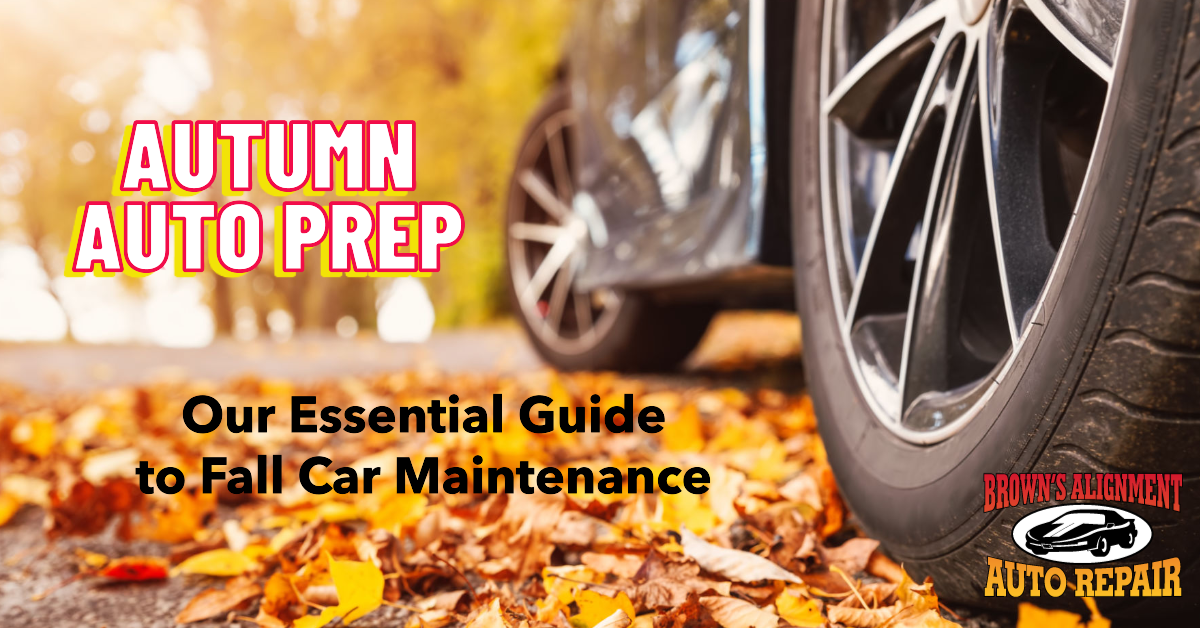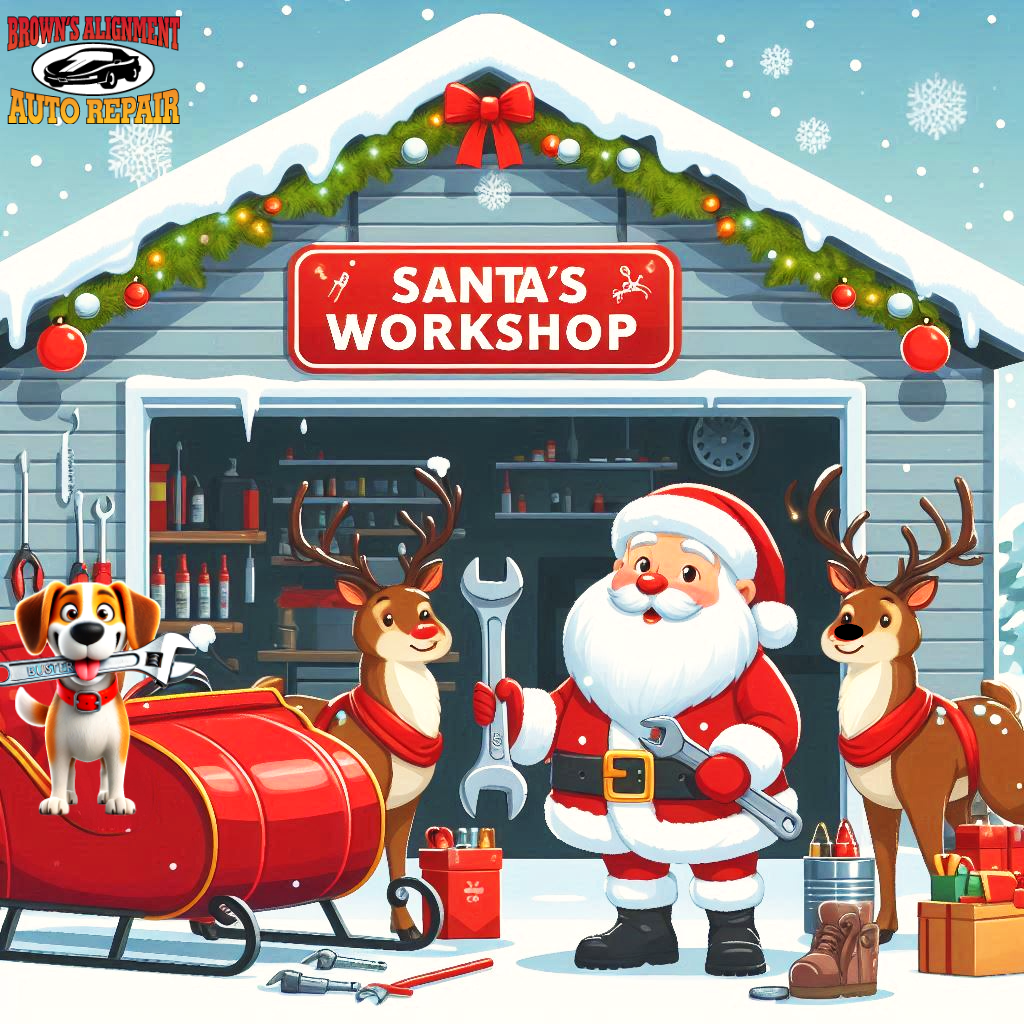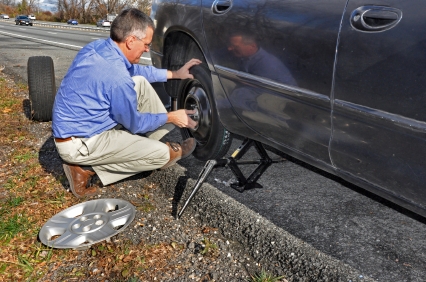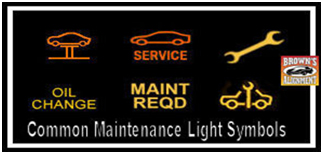Get Your Vehicle Ready for the Colder Months with Our Essential Guide to Fall Car Maintenance
As the crisp autumn air sets in and the days grow shorter, it’s the perfect time to make sure your car is in shape for the coming winter months. Fall is the ideal season to catch up on vehicle maintenance. Keep reading to learn how to prepare your vehicle for colder weather, help avoid breakdowns, and ensure a smoother, safer driving experience when the weather turns colder.
Key fall car maintenance tasks you should tackle this fall to keep your vehicle running efficiently and reliably
1. Check Tire Pressure and Tread Depth
As temperatures drop, so does the air pressure in your tires. For every 10-degree drop in air temperature, tire pressure can decrease by about 1 PSI (pound per square inch). Driving on underinflated tires reduces fuel efficiency, compromises handling, and increases the risk of tire damage from impacts like hitting a pothole. Underinflated tires can also cause irregular tread wear which can cause your tires to wear out prematurely.
What to do:
- Check tire pressure: Use a tire pressure gauge to check all four tires, and compare the reading with the recommended pressure listed in your vehicle’s owner’s manual or on the sticker in the driver’s side door jamb. Inflate your tires to the correct level.
- Inspect tire tread: Fall is also a great time to make sure your tires have adequate tread depth to handle rain, ice, and snow. Tires should have at least 4/32” of tread for safe driving. If the tread is wearing thin, it’s time to consider getting a new set of tires before wet winter weather arrives.
2. Replace Windshield Wiper Blades
Autumn brings more rain, and the winter months may bring snow and ice. Properly functioning windshield wipers are crucial for maintaining clear visibility on the road. Over time, wiper blades can become brittle, cracked, or simply wear out, making them less effective at keeping your windshield clear of rain, snow, and debris.
What to do:
- Inspect your wipers: If your wiper blades are leaving streaks, squeaking, or missing sections of the windshield, it’s time to replace them. Consider installing winter wiper blades that are designed to handle ice and snow more effectively.
- Top off windshield washer fluid: Make sure your windshield washer fluid reservoir is filled with a winter-grade fluid that includes antifreeze to prevent it from freezing in colder temperatures. This will help keep your windshield clear of frost, snow, and ice.
3. Test and Inspect Your Car Battery
Cold weather can take a toll on your car’s battery. Lower temperatures reduce a battery’s capacity to hold a charge, which can make starting your car more difficult. If your battery is already weak, you could end up with a dead battery in the middle of winter.
What to do:
- Inspect the battery terminals: Check for any signs of corrosion around the terminals and cables.
- Test the battery: If your battery is more than three years old, it’s a good idea to have it tested to ensure it has enough power to get you through the colder months.
4. Check the Heating and Defrosting Systems
As colder weather approaches, you’ll rely on your car’s heating and defrosting systems to keep you warm and ensure your windshield stays clear. It’s important to make sure these systems are working properly before you need them on a cold fall morning or a frosty winter drive.
What to do:
- Test the heat: Turn on your car’s heater to check that warm air is blowing through the vents. If it’s taking too long to warm up or the air isn’t getting warm enough, you may need to have your heating system inspected.
- Check the defroster: Make sure both the front and rear defrosters are working effectively. If the air isn’t blowing onto the windshield or rear window, you could have a more serious issue that needs professional attention.
5. Have the Brakes Checked
Your brakes are one of the most important safety systems in your car, especially during wet, icy, or snowy conditions. Worn-out brakes can significantly reduce your stopping power and increase your risk of an accident in poor weather.
What to do:
- Listen for warning signs: If you hear any squealing, grinding, or squeaking when applying the brakes, it’s a sign that your brake pads may be worn out and need to be replaced.
- Check brake fluid: Brake fluid is an essential part of a properly functioning braking system. Check your brake fluid reservoir and ensure the fluid is at the proper level. If the fluid is dark or cloudy, it may be time to flush and replace it.
6. Check Fluid Levels & Condition
Fluids play a vital role in your vehicle’s overall performance, and cold temperatures can affect how they function. Fall is the perfect time to ensure all of your car’s fluids are topped off and up to date on service to avoid potential issues when the temperatures drop.
What to do:
- Check engine oil and change if needed: Most manufacturers recommend that oil be changed at set intervals of 3 months/3,000, 6 months/5,000, or sometimes, 12 months/10,000 miles. Refer to your owner’s manual for the manufacturer’s recommended oil change interval for your vehicle.
- Check engine coolant (antifreeze): Ensure your coolant is at the proper level and that the mixture of antifreeze to water is appropriate for winter. A 50/50 mixture is recommended for most climates. Check your owner’s manual for information on the recommended time/mileage service interval for your vehicle.
- Transmission and brake fluid: Check these fluids and ensure they are clean and at the correct levels. If they appear dark or otherwise discolored, have them changed before winter weather sets in.
7. Inspect the Belts and Hoses
Colder weather can make rubber belts and hoses brittle, increasing the likelihood of cracks or breaks. A damaged belt or hose could leave you stranded, especially in frigid temperatures.
What to do:
- Check belts for wear: Look for any cracks, fraying, or glazing on the belts under your hood. If you notice any signs of wear, have them replaced before winter.
- Inspect hoses: Check for soft spots, cracks, or bulges in your vehicle’s hoses. These could indicate a weak spot that might lead to a leak or failure in the cold weather.
8. Prepare an Emergency Kit
Even with all the preparation, unpredictable weather or unexpected situations can arise on the road during the colder months. Having an emergency kit in your car can be a lifesaver if you get stranded in the snow or break down on a cold night.
What to include:
- Blankets and warm clothes
- Ice scraper and snow brush
- Jumper cables
- Flashlight and extra batteries
- Non-perishable snacks and bottled water
- First aid kit
- Basic tools, such as a tire jack and lug wrench
Final Thoughts
Taking care of these essential fall car maintenance tasks will not only help you avoid costly repairs but also ensure that your vehicle is ready to handle the colder months safely. From checking your tire pressure to testing your car’s battery, these simple steps can prevent winter breakdowns and keep your car running smoothly when the temperatures drop.
For added peace of mind, consider bringing your vehicle to a trusted automotive repair shop for a full fall inspection. A professional can catch any issues you may have missed and get your car autumn-ready, so you can drive confidently no matter what the season throws your way.



